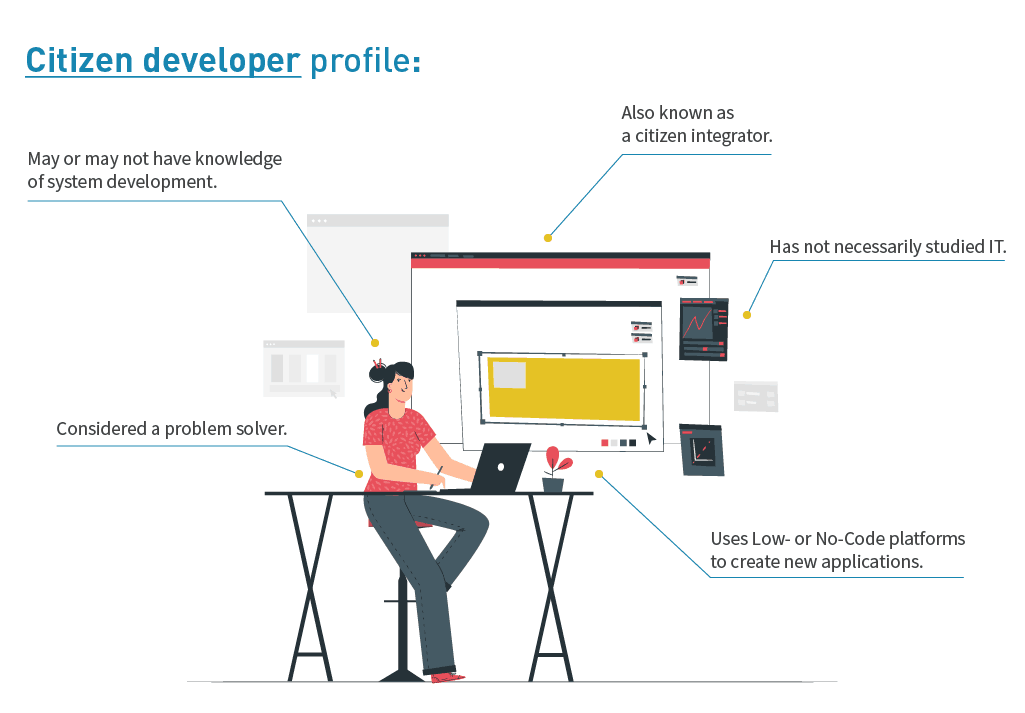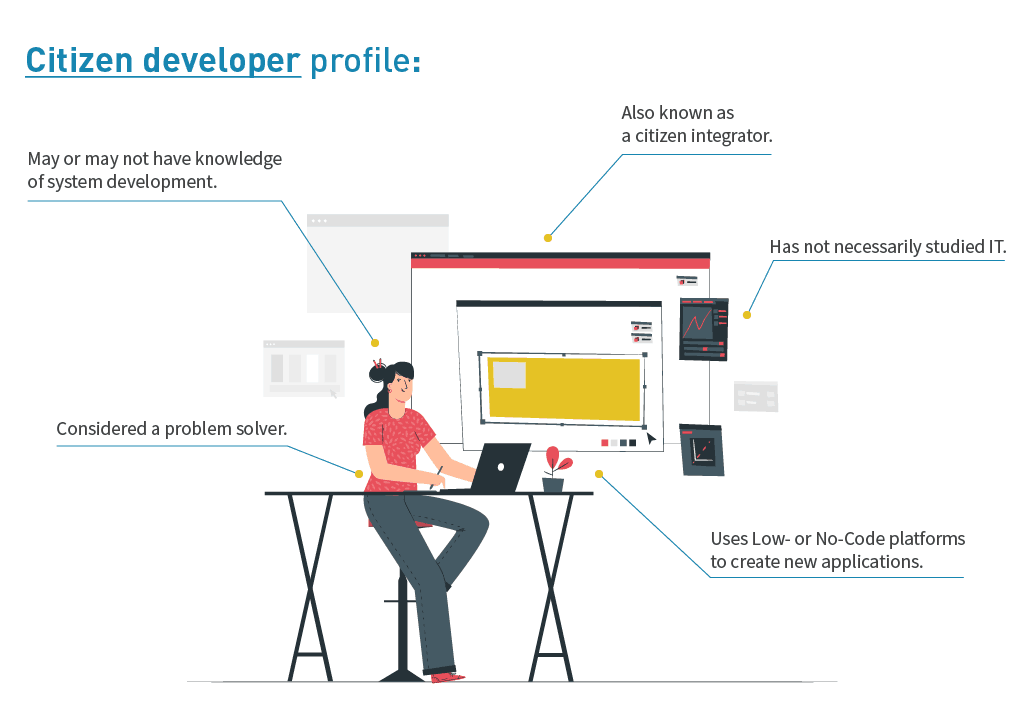Low-Code and software democratization
Blog: AuraQuantic Blog
Programming is nothing more
and nothing less than logically putting letters numbers and symbols in order to
achieve a desired result; basic elements of language that we learn from a young
age. However, it becomes more complex when we apply it to the field of
technology because let’s face it: we are not all ready to program code, nor do
we have the necessary capabilities to do so. Moreover, it is estimated that
only 2% of the world’s population knows how to program.
What if this task was not exclusively for qualified technical personnel? With the rise of the Low-Code, application development is no longer restricted to technical profiles. We are facing a phenomenon called democratization, in which Low-Code models play a fundamental role.
BREAKING BARRIERS
Democratization advocates giving the entire population access to technology without the need for specific training for its development. When language barriers are removed, ordinary developers or citizen developers can unleash their imagination and create applications focusing on the end and not the means.

Low-Code is key to empowering this new type of developer, providing an intuitive interface without programming. The dynamics of this type of development are based on making use of preconfigured elements that, may be as simple as dragging an element and dropping it in the place chosen by the user (drag and drop).
It may sound amateur, but nothing is further from reality: Low-Code solutions are as stable and robust as any other solution that requires code. The difference lies in the user who will carry out the development and, above all, how it will be put to use. Each company will need to assess whether to approach projects with Low-Code development or focus on more traditional models.
TOWARDS SOFTWARE
DEMOCRATIZATION
Technology democratization is a reality that we cannot ignore. In a recent Gartner report entitled “Top 10 Strategic Technology Trends for 2020”, Gartner predicts that by 2024, Low-Code application development will be responsible for more than 65% of application development activity.
This democratic view of the software will empower companies to respond faster to changes, turning technology into an advantage and not the barrier that could delay progress. Thanks to this type of Low-Code offering, companies will be able to create more flexible and dynamic solutions, meeting the urgent demand to create new platforms.
ADVANTAGES OF
DEMOCRATIZATION
By democratizing technology,
opportunities multiply. It is an attractive model for companies, since it
involves reaching an unexpected level of self-sufficiency by not having to rely
on central IT services to carry out projects of a certain level of complexity.
A more intuitive and non-professional staff-oriented technology gives companies the freedom to be more flexible. The time required to develop new applications is greatly reduced, directly impacting production costs and increasing productivity. In addition, the new solutions hardly require maintenance, freeing employees to focus on other activities within their department.
IMPACT OF DEMOCRATIZATION
Throughout 2023, Gartner expects four key aspects of
democratization to accelerate: data and analysis, application development,
design and knowledge. In response to the democratization of design, Gartner
says that Low-Code solutions will gain strength and prominence in the creation
of new applications, empowering the citizen-developer.
User developers, who gradually incorporate the use of tools driven by Artificial Intelligence into their work, will give rise to a new type of developer known as the citizen application developer. The analyst firm estimates that, by 2022, at least 40% of the projects will be carried out by non-professionals benefitting from AI to automatically create new applications.
In this era of Augmented Intelligence, machines and people will collaborate making it possible for the latter to work better and more efficiently; because technology should be accessible to everyone.
The post Low-Code and software democratization appeared first on AuraPortal.
Leave a Comment
You must be logged in to post a comment.








